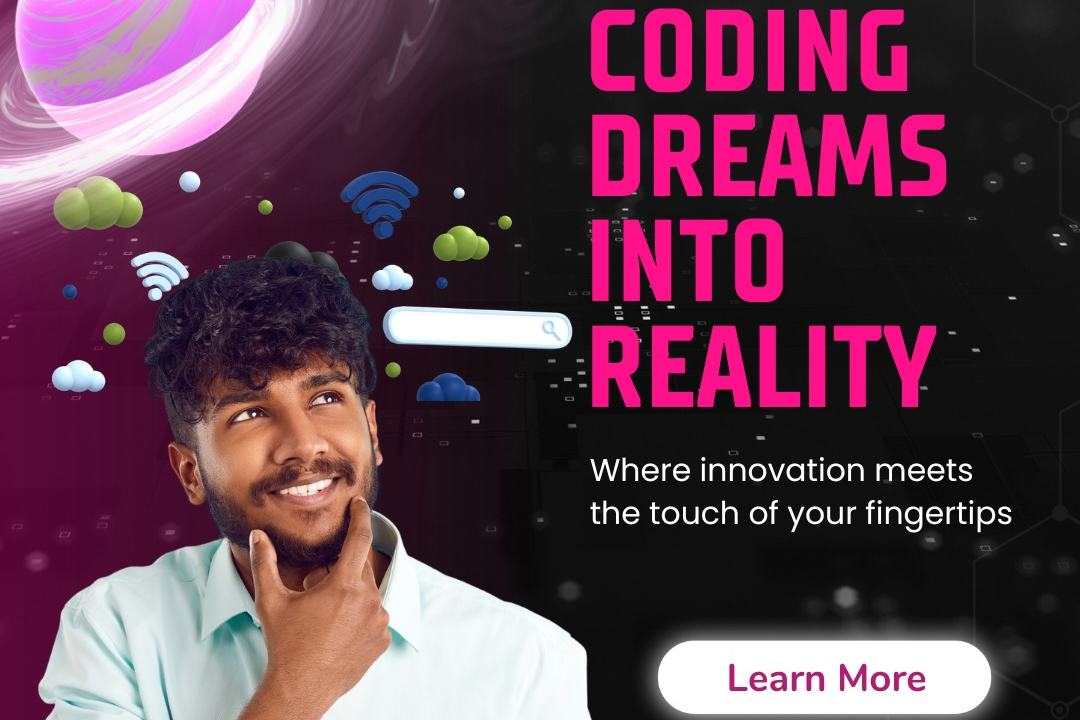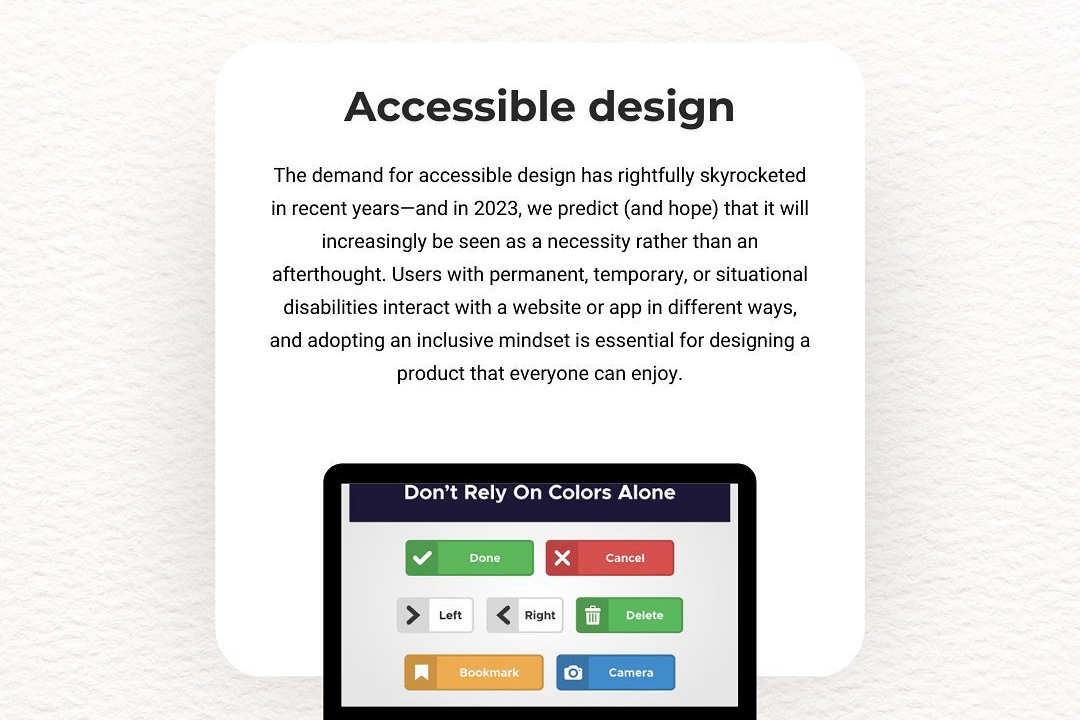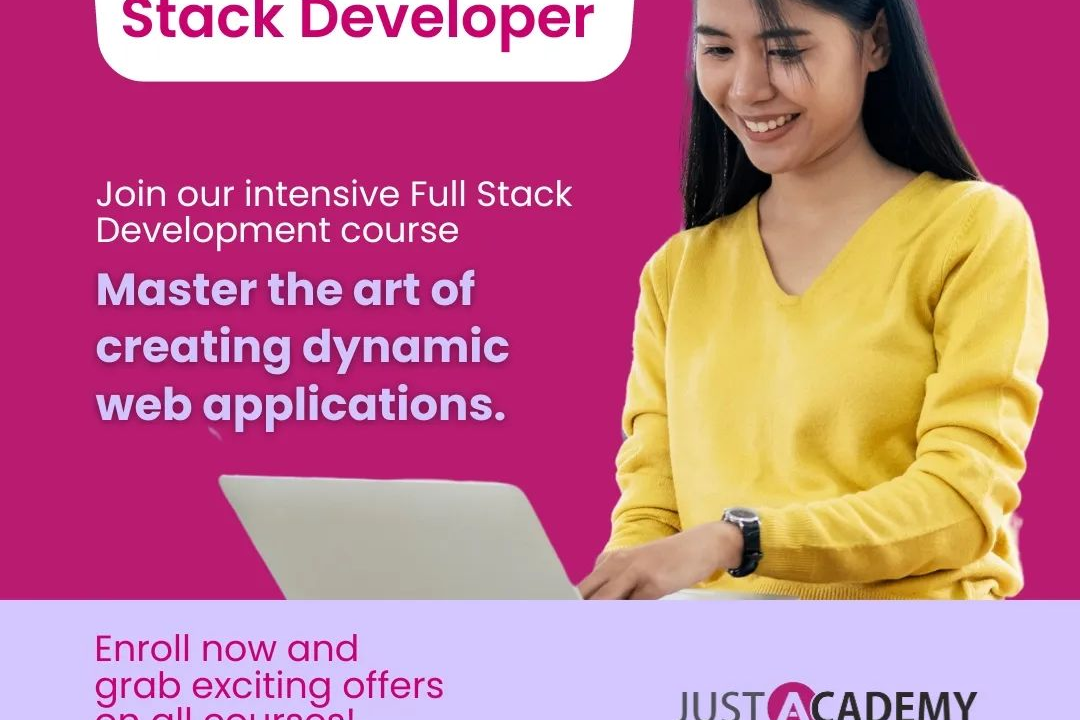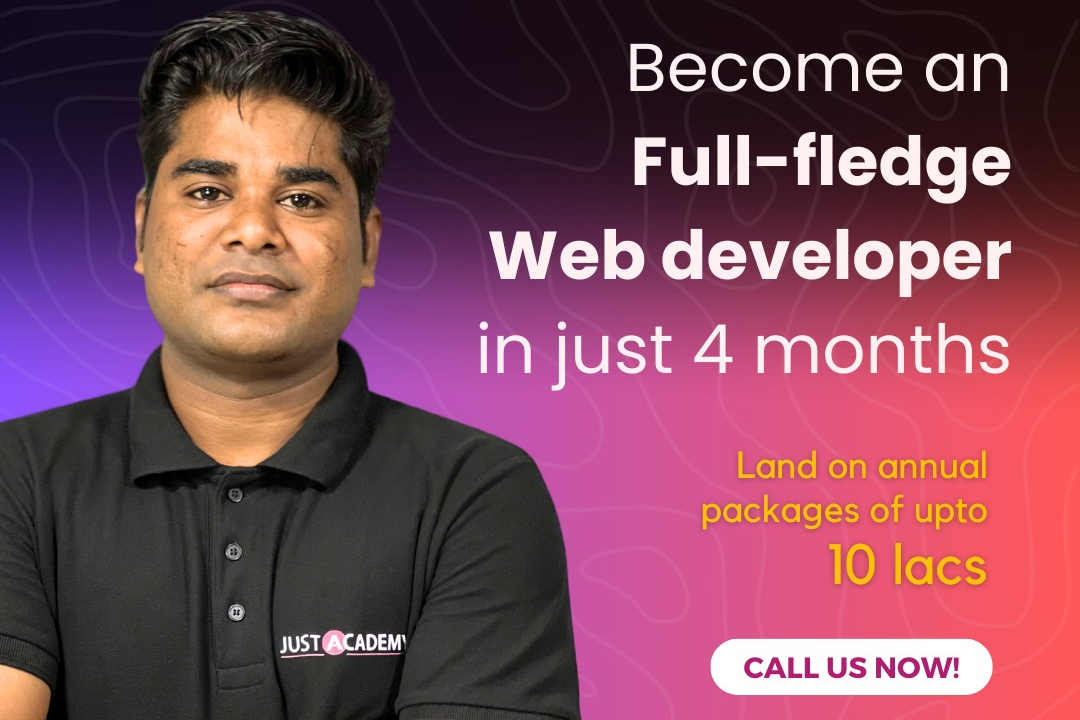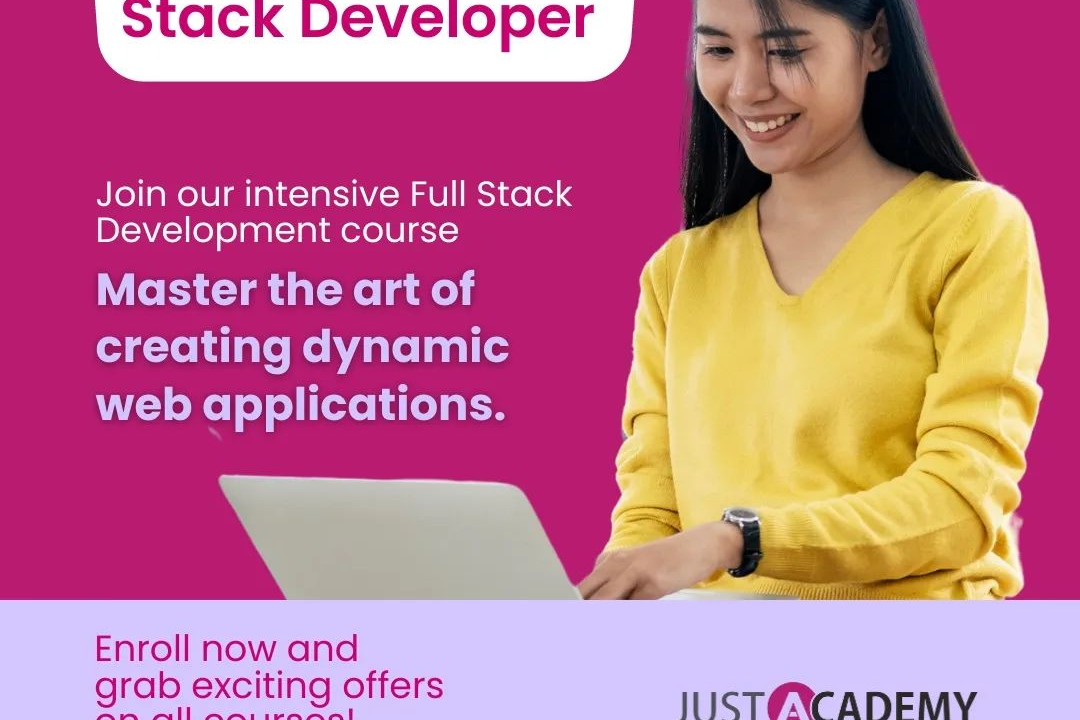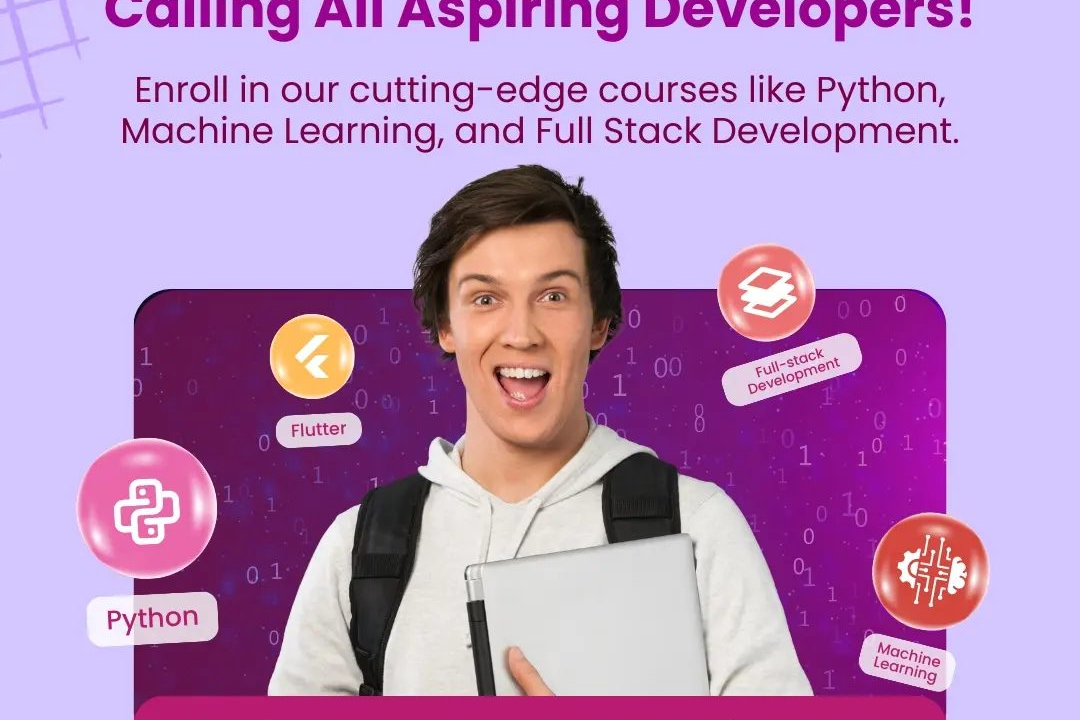Flutter Development Methodology
Enhancing Flutter Development Practices
Flutter Development Methodology
Flutter development methodology is characterized by a component-based architecture that promotes the use of widgets as the primary building blocks for UI design. It embraces the reactive programming paradigm, allowing developers to create interactive applications with seamless user experiences. Flutter's hot reload feature enhances the development process by enabling real-time changes to code, which significantly speeds up debugging and iteration. The methodology also encourages a focus on cross-platform development, allowing developers to write a single codebase that can deploy to multiple platforms, such as iOS, Android, and web, thereby improving efficiency and consistency. Additionally, Flutter leverages Dart as its programming language, which provides a strong type system and modern language features that enhance productivity and code maintainability. Overall, Flutter development combines flexibility, speed, and a rich set of features to support the creation of visually appealing and high-performance applications.
To Download Our Brochure: https://www.justacademy.co/download-brochure-for-free
Message us for more information: +91 9987184296
1 - Introduction to Flutter: Begin with an overview of Flutter, explaining it as an open source UI software development toolkit created by Google for building natively compiled applications for mobile, web, and desktop from a single codebase.
2) Setup and Installation: Guide students through the installation process, including setting up Flutter SDK, IDEs (like Android Studio, Visual Studio Code), and emulators for testing applications.
3) Understanding Widgets: Introduce the concept of widgets, which are the building blocks of a Flutter application. Explain stateful vs stateless widgets and their importance in creating a responsive UI.
4) Flutter Architecture: Discuss the Flutter framework architecture, including the widget tree, rendering process, and how Flutter communicates with native code.
5) State Management: Explain different state management techniques in Flutter (Provider, GetX, Riverpod, BLoC) and when to use each method to manage your app's state effectively.
6) Layouts and UI Design: Cover layout design principles in Flutter, including the use of common layout widgets such as Row, Column, Stack, and Container. Explore building responsive UIs.
7) Navigation and Routing: Teach about Flutter’s navigation system, including basic navigation, named routes, and how to pass data between screens.
8) Working with APIs: Show how to integrate REST APIs into Flutter applications, including making HTTP requests, parsing JSON data, and error handling.
9) Database Integration: Introduce local data storage solutions like SQLite and shared preferences, focusing on how to implement databases in Flutter apps.
10) Flutter Animations: Discuss the importance of animations in enhancing user experience and teach students how to create simple and complex animations using Flutter’s animation library.
11) Testing Flutter Applications: Explain the various testing methods available in Flutter, including unit tests, widget tests, and integration tests, emphasizing best practices for ensuring app stability.
12) Publishing Applications: Guide students through the process of preparing and publishing Flutter applications to app stores (Google Play Store, Apple App Store), focusing on requirements and best practices.
13) Handling Dependencies: Teach about managing project dependencies using pub.dev, detailing how to find and integrate third party packages into Flutter apps.
14) Responsive Design: Explain the importance of creating responsive designs that work on various screen sizes and orientations, utilizing tools like MediaQuery and LayoutBuilder.
15) Continuous Integration/Continuous Deployment (CI/CD): Introduce students to CI/CD practices and tools that can automate the process of testing, building, and deploying Flutter applications.
16) Community and Resources: Encourage students to engage with the Flutter community through forums, meetups, and resources like documentation, blogs, and tutorials to continue their learning journey.
17) Project Work: Assign real world projects to help students apply what they have learned, fostering hands on experience in developing complete Flutter applications from start to finish.
By covering these points, students will gain a comprehensive understanding of Flutter development methodology, equipping them with the skills necessary to develop robust applications.
Browse our course links : https://www.justacademy.co/all-courses
To Join our FREE DEMO Session: Click Here
Contact Us for more info:
- Message us on Whatsapp: +91 9987184296
- Email id: info@justacademy.co
java training institute mumbai maharashtra
java training institutes in electronic city bangalore


